Released: 11th August 2003
Writers: Kevin Kadish / Stacie Orrico
Peak position: #9
Chart run: 11-9-15-18-32-45-54-71
Billboard Hot 100 chart run: 65-61-60-56-52-52-60-85-90-91-100
With the halcyon bubblegum pop days of the ‘90s a rapidly fading memory by 2003, Stacie Orrico’s arrival heralded a welcome resurgence. Perhaps all was not lost, after all.
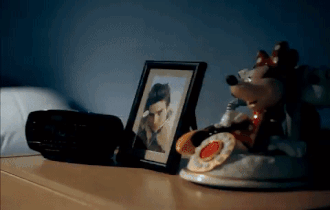
Stacie Orrico’s story actually starts a little earlier than 2003, because as it turns out, she was part of the motley crew of teen pop females who invaded the charts at the turn of the century. It’s just that she’d instead chosen to focus on the Christian contemporary market with her debut album Genuine in 2000. First-week sales of 13,000 might pale in comparison to the 121,000 racked up by Britney Spears‘ debut, but Stacie Orrico did enjoy success enough to earn her a follow-up and attract the attention of a major label.
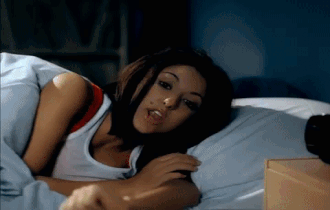
During the creation of that second album, the intention was again to target the Christian contemporary market. That is until Virgin Records stepped in. Sensing Stacie Orrico had mainstream appeal, the album was significantly reworked; several tracks were ditched and replaced with new material (all four of the eventual singles, as it happens) while others were re-recorded. Now, having essentially removed most traces of Stacie Orrico as a Christian contemporary artist, the plan was to launch her as a mainstream pop star. And Stuck was the song they chose to do it with.
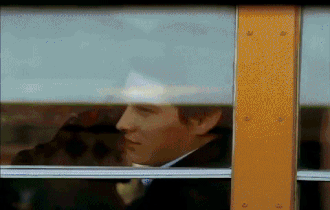
What’s smart about the song is that it represents an evolution of the pop music that came before it; with a pseudo-R&B beat, Stuck isn’t a million miles away from Christina Aguilera’s What A Girl Wants. But it’s fused with electric guitar riffs akin to those being wielded by Michelle Branch. In that sense, Stuck felt reassuringly familiar without just being a watered-down copy of what had come before. Moreover, 2003 was an awkward transition time for pop music as it wrestled with ways to reinvent itself and stay commercially viable without becoming another genre altogether. Stacie Orrico showed that it could be done with relative ease, although she didn’t necessarily have the same weight of expectation upon her shoulders as her pop peers who were caught up in the struggle.

Crucially, Stuck balances the competing demands placed upon it because despite existing as a result of Virgin Records’ attempts to give the Stacie Orrico album a mainstream edge, it doesn’t feel entirely removed from Stacie Orrico’s background as a Christian contemporary artist. There isn’t a religious angle here, but her involvement as a songwriter does give the track an authentic, relatable teen pop energy.

And Stuck is incredibly well written. The first verse is quite long – by pop music standards – using the: “I ain’t trippin’, I’m just missin’ you” refrain as a tease, before reverting to another few stanzas of the verse and Stacie Orrico cramming in lyrics with increasing urgency. There’s a degree of immediacy to the chorus, but it’s only after repeated plays that the tightness of the melodies – particularly the: “I hate you, but I love you, I can’t stop thinkin’ of you, it’s true, I’m stuck on you” hook – reveal themselves. The production is also naggingly catchy. In the middle of Stuck – right after the second chorus – is a brilliant moment where Stacie Orrico starts tunefully wailing alongside a funky electric guitar breakdown, which is infectiously exhilarating and a highlight of the track.
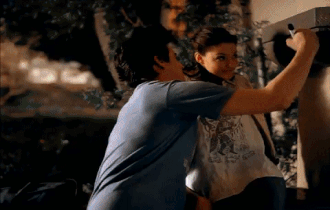
The song is also a great showcase of Stacie Orrico’s voice, which has a distinctively quirky edge to it, but never to the point of coming across as forced or distracting. Her tone mightn’t be for everyone, but it’s undoubtedly interesting and certainly inspires a degree of interest in hearing more. Most importantly, though, it’s recognisable and perhaps one of the reasons Stacie Orrico was able to build a bit of momentum with the album campaign.
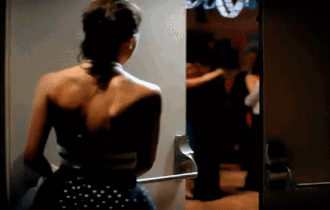
Bringing the entire package together is a brilliant music video, which shows Stacie Orrico in high school dealing with her troublesome beau. The visuals have the crisp clarity of a teen movie and it does an exceptionally good job of bringing the school and its personalities to life without any spoken dialogue. Stacie Orrico gives an excellent performance, almost to the point where it’s hard to believe such a vivid environment and characters with a backstory have been created for the purpose of a four-minute pop song. She’s incredibly expressive and the whole aesthetic, including the styling, has been created The styling in the video is also great; none of the outfits are wildly outlandish or extravagant, which gives Stuck a look of authenticity that puts Stacie Orrico closer to the singer-songwriter demographic than a typically mainstream pop star. So rich in potential is the world created here that it would be revisited in the music video for I Could Be The One at the end of the album campaign.
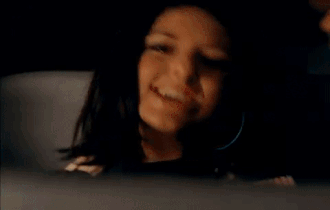
For all the plaudits Stuck deservedly garnered, perhaps one of its greatest triumphs was in the charts. 2003 was a long way from the halcyon days of bubblegum pop music where Stacie Orrico‘s success would be more or less a given. R&B and rock were in vogue and thus the expectations for what a song like Stuck could realistically achieve were not the same. It debuted at #11 in the UK, and then – bucking the usual downward trend – climbed to a peak of #9 the following week, which was somewhat befitting of the comparatively low-key approach taken to the launch of Stacie Orrico. In America, Stuck peaked at #52 on the Billboard Hot 100, which is a fairly impressive debut considering the charts were an even harder place to break for pop acts.
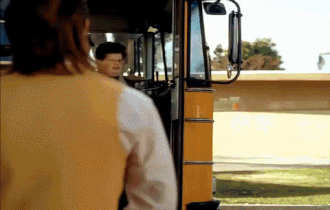
In the context of where pop music was in 2003, Stacie Orrico’s mainstream launch could hardly have gone better, and she had the perfect follow-up single to propel her success further still.



